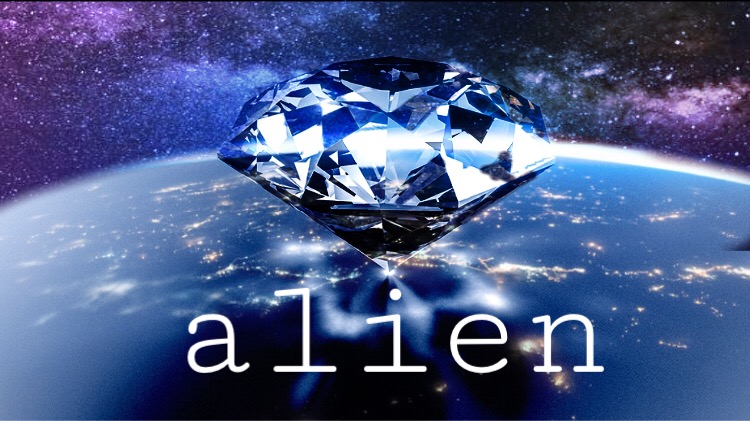NOT OF THIS WORLD
E. Delaney
September 21, 2018
In 2016, Russian scientists came upon a meteorite called Uakit in the Republic of Buryatia. It was composed mostly with iron and other miscellaneous minerals scattered throughout. This kind of occasion was nothing out of the ordinary for scientists; meteorite strikes, small ones, happen around five to ten times a year. Dispersed among the other minerals in Uakit, however, was something that no expert could recognize, and of around four thousand identifiable minerals, this was something alien.
All that follows was stated during the 81st Annual Meeting of the Meteoritical Society of 2018 pertaining to the alien mineral. The physical properties were difficult to determine given the meager size of its grains, and they have since failed to collect all the data, as stated during the meeting. X-ray studies could not be done. Its miniscule fragments were described as light gray in color, reflecting a rosy pink tint when under light. Under a microscope, it presents cubic crystals and small, rounded grains. It measured 9-10 on Mohs’ scale, which is a scale measuring mineral hardness, making it nearly as hard as diamond.
The alien mineral was named Uakitite because of the meteorite it was found in.
It was born under extremely high temperature and pressure, above a thousand degrees Celsius. The size of the fragment found was five micrometers, which measures about a third the thickness of a single hair. You can imagine the difficulty the scientists had in obtaining data, but maybe we will find more uakitite or our methods will develop so it is possible to gather more.
The uses for uakitite are currently unknown, as well as many things about it, but possibly in the near future we will know more about this alien mineral that has now been added to our ever growing list of discovered ones.

